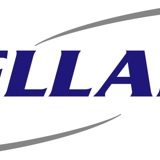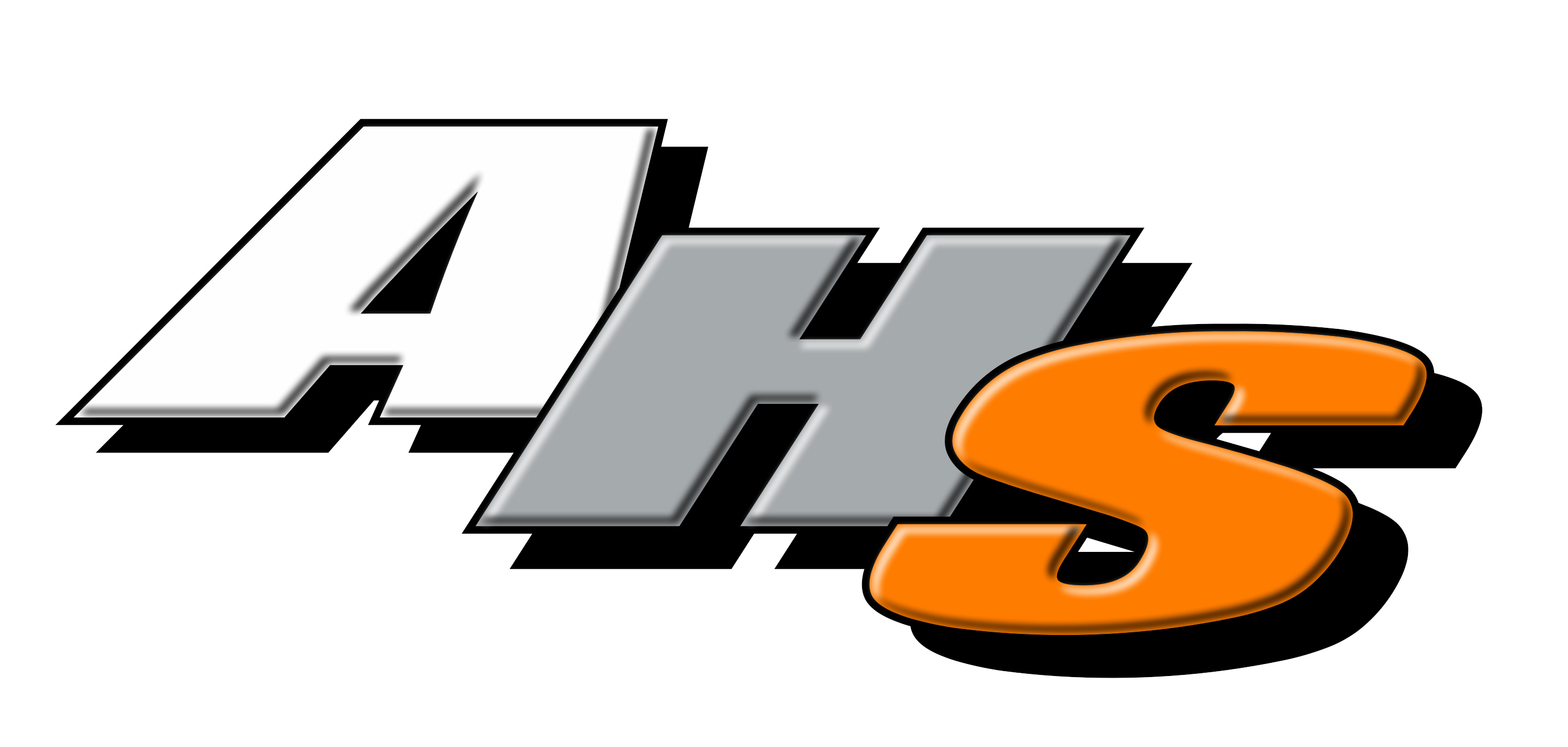Information
-
Conducted on
-
Project Name
-
Project Number
-
Prepared by
-
Location
-
Comments
-
FOR INTERNAL USE ONLY
-
FOR INTERNAL USE ONLY.
ALL ITEMS PERTAIN TO STELLAR J AND ALL SUBCONTRACTORS.
1. Work at Heights and Fall Protection
-
1.1. Critical - Improper, or failure to use of fall protection equipment?
-
1.2. Critical - Lack of edge protection (guard rails and barricades)?
-
1.3. Unsafe or incomplete edge protection (guard rails and barricades)?
-
1.4. Lack of, or inadequate, formal training for affected employees?
-
1.5. Unsafe or damaged harness or equipment?
-
1.6. Incompatible hooks/equipment?
-
1.7. Unlabelled or does not meet regulations?
-
1.8. Unsafe or uncertified anchor points?
-
1.9. Lack of inspection protocol for equipment?
2. Tools and Heavy Equipment
-
2.1. Unsafe or damaged tools? (including missing or damaged guards)
-
2.2. Incorrect tool/equipment for job? (e.g. grinding discs for cutting, including incompatible attachments used with tool/equipment?
-
2.3. Unauthorized operator of powder actuated tools?
-
2.4. Unsafe or damaged heavy equipment? (including missing or damaged glass, etc)
-
2.5. High Risk - Unqualified operators or unsafe operation (including use of cell phone or failure to use seatbelt)?
-
2.6. Lack of operators manual?
-
2.7. Lack of training in safe operation, clean-up and maintenance?
-
2.8. Lack of LOTO procedures for cleaning, servicing and maintenance?
-
2.9. Lack of inspection regime?
-
2.10. Lack of, or inadequate backup alarm?
3. Scaffolds
-
Does this project have any scaffolding?
-
3.1. Critical - Unsafe or incomplete scaffold?
-
3.2. High Risk - Lack of competent persons supervision for erection of scaffold?
-
3.3. Lack of inspection protocol for scaffold?
-
3.4. Incompatible scaffold components? Unlabelled or do not meet code?
-
3.5. Safe Work Load (SWL) exceeded? (tools, stored materials, number of persons)
4. Lifting Equipment - Rigging and Cranes
-
4.1. High Risk - Unsafe or damaged lifting equipment, including ropes, slings, chains, hooks?
-
4.2. Lack of daily inspection protocol for rigging?
-
4.3. Lifting equipment unlabelled, no Safe Working Load (SWL) information displayed?
-
4.4. Unsafe or improper storage of lifting equipment?
-
4.5. SWL of any lifting equipment exceeded?
-
4.6. Does this project have a crane on site?
-
Critical - Improper operation of crane?
-
Lack of daily inspection protocol for cranes?
-
Lack of monthly inspection protocol for cranes (documentation)?
-
Lack of current Annual Inspection Documentation?
-
Lack of certified crane operators, qualified riggers, or qualified signal person?
-
Loads lifted over persons, close proximity to obstacles incl. overhead power lines?
-
Are any pinch/crush hazards created by swing radius barricaded properly?
-
Lack of LOTO procedures for cleaning, servicing and maintenance?
-
SWL of crane exceeded (does the operator know the weight of the load)?
-
If crane is in use, are ground conditions adequate for support of crane, outriggers and load?
-
Lack of, or inadequate, appropriate equipment used to hoist personnel?
5. Excavation and Trenching
-
5.1. Does this project have any trenching 4' or greater?
-
Critical - Lack of, or inadequate, trench shoring/benching?
-
Lack of competent person (in writing in job file)?
-
Failure to properly assess soil condition and type?
-
Lack of, or inadequate, appropriate access to trench?
-
Lack of daily inspection protocol for safety equipment, soil conditions and atmosphere monitoring?
-
Lack of, or inadequate trench edge protection?
-
Spoils or equipment located too close to trench?
-
Lack of engineering design for trenches 20' or deeper?
-
Lack of, or inadequate, appropriate rescue plan?
-
5.2. Does this project have any excavation 4' or greater?
-
Critical - Lack of, or inadequate, excavation shoring/benching?
-
Lack of competent person (in writing in job file)?
-
Failure to properly assess soil condition and type?
-
Lack of, or inadequate, appropriate access to excavation??
-
Lack of daily inspection protocol for safety equipment, soil conditions and atmosphere?
-
Lack of, or inadequate excavation edge protection?
-
Spoils or equipment located too close to excavation?
-
Lack of engineering design for excavations 20' or deeper?
-
Lack of, or inadequate, appropriate rescue plan?
6. Ladders
-
6.1. Critical - Improper use of ladder?
-
6.2. Unsafe positioning of ladders?
-
6.3. Ladder not properly secured?
-
6.4. Ladder unsuitable for job? (e.g. metal ladder used for electrical work)
-
6.5. Unsafe or damaged ladders?
-
6.6. Improper storage of ladder?
-
6.7. Lack of ladder load rating information?
7. Hazardous Manual Tasks
-
7.1. Lack of identification hazardous manual tasks (Site Specific JSA)?
-
7.2. Lack of assessment of hazardous manual tasks?
-
7.3. Inadequate risk controls? (examples: no job rotation, lighter loads, trolleys, lifting equipment, etc)
-
7.4. Lack of training in risk controls and safe lifting/ team lifting techniques?
8. Hazardous Chemical (including fuel and oil)
-
8.1. Unsafe storage location? (e.g. flammables near ignition sources, spills could enter stormwater drains, etc)
-
8.2. Incompatible chemicals stored near each other?
-
8.3. Incomplete, or not posted, Hazard Communication List and training?
-
8.4. Material Safety Data Sheets not accessible on site?
-
8.5. Lack of emergency procedures for injury/spills/fire etc?
-
8.6. Excessive quantities stored on site or in vehicles?
-
8.7. Insufficient ventilation?
-
8.8. Insufficient, or incorrect, PPE?
-
8.9. Unsuitable storage containers? (unlabeled or stored in improper containers)
-
8.10. Are fire extinguishers available, properly mounted, fully charged and inspected routinely?
9. Emergency Response
-
9.1. Lack of, or inadequate, Emergency Plan posted (including directions to nearest emergency room and occupational health clinic and Superintendent's Injury Checklist)?
-
9.2 Lack of, or inadequate, Evacuation Plan (posted, including designated safety zones)?
-
9.3. Lack of training/rehearsal of emergency plans?
-
9.5. Insufficient access to formally trained First Aid Responders for all shifts?
-
9.6. Unsuitable or inadequate communication equipment?
10. Traffic Management
-
10.1. Lack of, or inadequate, Traffic Control Plan in place?
-
10.2. Lack of training in TCP for all persons on site? <br>(contractors and visitors)
-
10.3. Inadequate controls for TCP? (physical barriers, bollards, speed limits, flashing lights, spotters, etc)
11. Personal Protective Equipment (PPE) and Engineering Controls
-
11.1. Critical - Failure to properly use minimum PPE (100% utilization: hard hat, safety glasses, work shoes)?
-
11.2. Lack of system to issue, inspect, replace and monitor PPE?
-
11.3. Lack of training in safe use, clean-up and inspection of PPE?
-
11.4. Lack of, or inadequate PPE available on site (including sun and heat stress protection)?
-
11.5. Failure to properly use situational PPE (as needed utilization: hearing protection, face shield, coveralls)?
-
11.6. Failure to use wet grinding on concrete?
-
11.7. Respiratory Protection in compliance with program?
12. Work Environment
-
12.1. Lack of, or inadequate, amenities? (toilets, wash areas, lunch rooms, etc)
-
12.2. Insufficient lighting?
-
12.3. Inadequate housekeeping?
-
12.4. Lack of, or inadequate noise/ vibration control?
-
12.5. Unmarked confined space?
-
12.6. Lack of, or inadequate, site safety signage and postings?
-
12.7. Lack of, or inadequate materials handling?
-
12.8. Uncovered or unmarked holes?
-
12.9. Unprotected implement hazards (rebar, etc)?
-
12.10. Lack of, or inadequate masonry or concrete wall bracing?
-
12.11. Lack of, or inadequate Limited Access Zone during masonry wall construction?
13. Electrical Hazards
-
13.1. Unsafe electrical cords or spider boxes? (damaged, out of date tape or untested)
-
13.2. Lack of GFC protection?
-
13.3. Potential contact with underground assets?
-
13.4. Potential contact with overhead electrical lines?
-
13.5. Overloading outlets?
-
13.6. Cords placed on over sharp edges, in area with high probability of damage or on metal structures?
-
13.7. Electrical equipment near water?
-
13.8. Electrical equipment near flammables?
-
13.9. Electrical equipment near chemicals that could cause damage?
-
13.10. Electrical cords that may be damaged from contact with moving machinery parts?
-
13.11. Electrical cords on work surfaces?
-
13.12. Lack of Lock-out/tag-out (LOTO) procedures for electrical equipment?
-
13.13. Lack of, or inadequate, labeling of electrical breaker panel?
14. Environmental Hazards
-
14.1. Lack of, or inadequate, dust suppression system?
-
14.3. Lack of, or inadequate, systems to prevent contaminants entering stormwater drains?
-
14.4. Lack of, or inadequate erosion control measures (silt fence, rock access areas etc)?
-
14.5. Lack of, or inadequate, protection of access/egress due to weather (snow, ice, etc)?
-
14.6. Lack of, or inadequate, protection of Outsiders (public, owners, etc)?
15. Administrative Procedures
-
15.1. Lack of/or inadequate Site Specific Safety Plan?
-
15.2. Failure to obtain permits (Hot Works, Confined Space, etc.)
-
15.3. High Risk - Not all employees and subcontractors received a Site Specific Orientation (completed form in file and stickers on hard hat)?
-
15.4. Lack of, or inadequate, current weekly toolbox meeting minutes?
-
15.5. Lack of, or inadequate, training, licenses, skills, experience?
-
15.6. Lack of, or inadequate, Fall Protection Work Plan with rescue plan (up to date for current work and posted where employees can review it)?
-
15.7. Critical - Failure to follow Lock Out/Tag Out program (overall)?
-
15.8. Critical - Failure to comply with Confined Space Program?
-
15.9. Lack of, or inadequate, routine inspections, monitoring, audits?
-
15.10. Lack of, or inadequate two week schedule?
-
15.11. Failure to post OSHA 300 log?
-
15.12. Failure to post Fire Prevention Plan?
-
15.13. Failure to post most recent safety committee meeting minutes?
-
15.14. Failure to post superintendent's Injury Instructions?
Corrective Actions
-
Critical - Were any of the current deficiencies a repeat violation from previous inspections?
-
Have all corrections been completed from most recent inspection?
-
Have all deficiencies found during this inspection been corrected immediately?
-
Enter corrective actions that remain to be completed.
-
Enter date by which all corrections must be completed.
Sign Off
-
On site representative
-
Auditor's signature
-
For final copy, attach additional photos and distribute.
Distribution List: President, Vice President, Project Manager, Superintendent, General Superintendent, a safety Officer, Project Engineer, Shop Superintendent.









